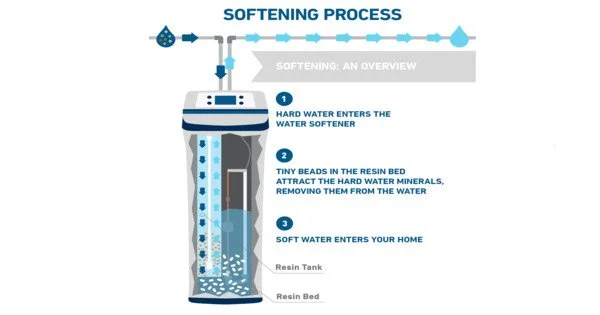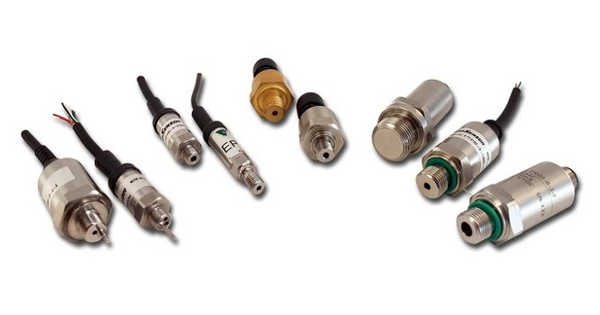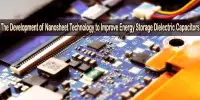Water softening is the process of removing calcium, magnesium, and other metal cations from hard water. It is a method of reducing water hardness by eliminating minerals, primarily calcium and magnesium ions. Because soap is not squandered associating with calcium ions, the resulting soft water uses less soap for the same cleaning effort. Hard water can cause scaling in pipes and appliances, decreased soap lathering, and the creation of soap scum on surfaces.
Soft water also helps to improve the life of plumbing by minimizing or removing scale buildup in pipes and fittings. Water softening is often accomplished with lime softening or ion-exchange resins, however, nanofiltration or reverse osmosis membranes are increasingly being used. Water softening helps to reduce these issues and can enhance water quality for domestic and commercial use.
There are several methods for water softening:
- Ion Exchange: This is the most commonly used method for softening domestic water. Hard water is passed over a resin bed containing microscopic resin beads with sodium ions attached. The calcium and magnesium ions in the water are swapped for sodium ions, softening it. The resin bed must be refreshed on a regular basis by flushing it with a strong salt (sodium chloride) solution to replace the sodium ions on the resin beads.
- Salt-Free Water Conditioners: The hardness ions are converted into crystals that do not cling to surfaces via a template-assisted crystallization (TAC) technique in these devices. They do not add sodium to the water, unlike ordinary water softeners.
- Reverse Osmosis: While reverse osmosis devices are typically used for water filtration, they can also remove hardness minerals from water. They are, however, often less efficient than specialist water softeners for this reason.
- Chelation Agents: Some water softeners use chemicals that form complex molecules with the calcium and magnesium ions, preventing them from forming scale. This method is less common than ion exchange.
- Electromagnetic or Magnetic Water Softeners: These devices use magnetic or electromagnetic fields to change the behavior of minerals in water, preventing them from clinging to surfaces. Their usefulness is debatable and may vary depending on the application.
The technique of water softening chosen is determined by criteria such as the hardness of the water, the volume of water to be treated, and the specific needs of the user or application.
















